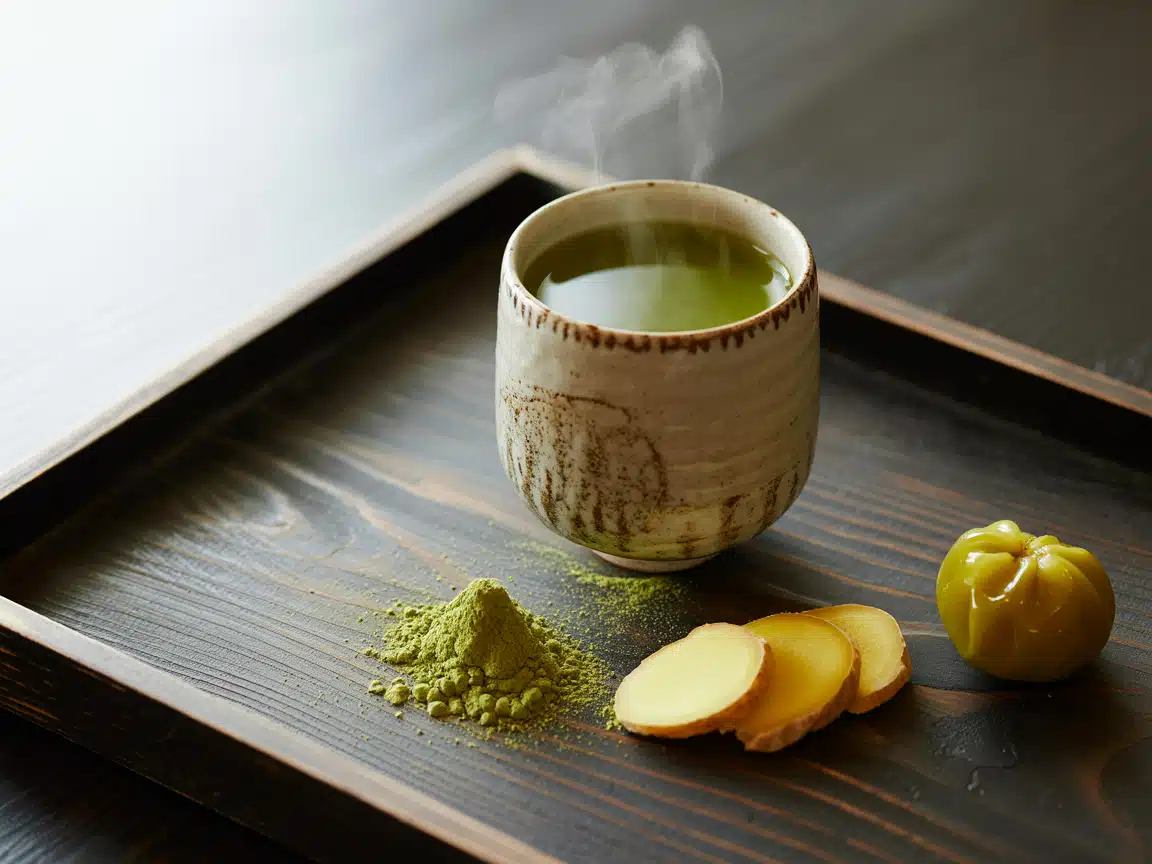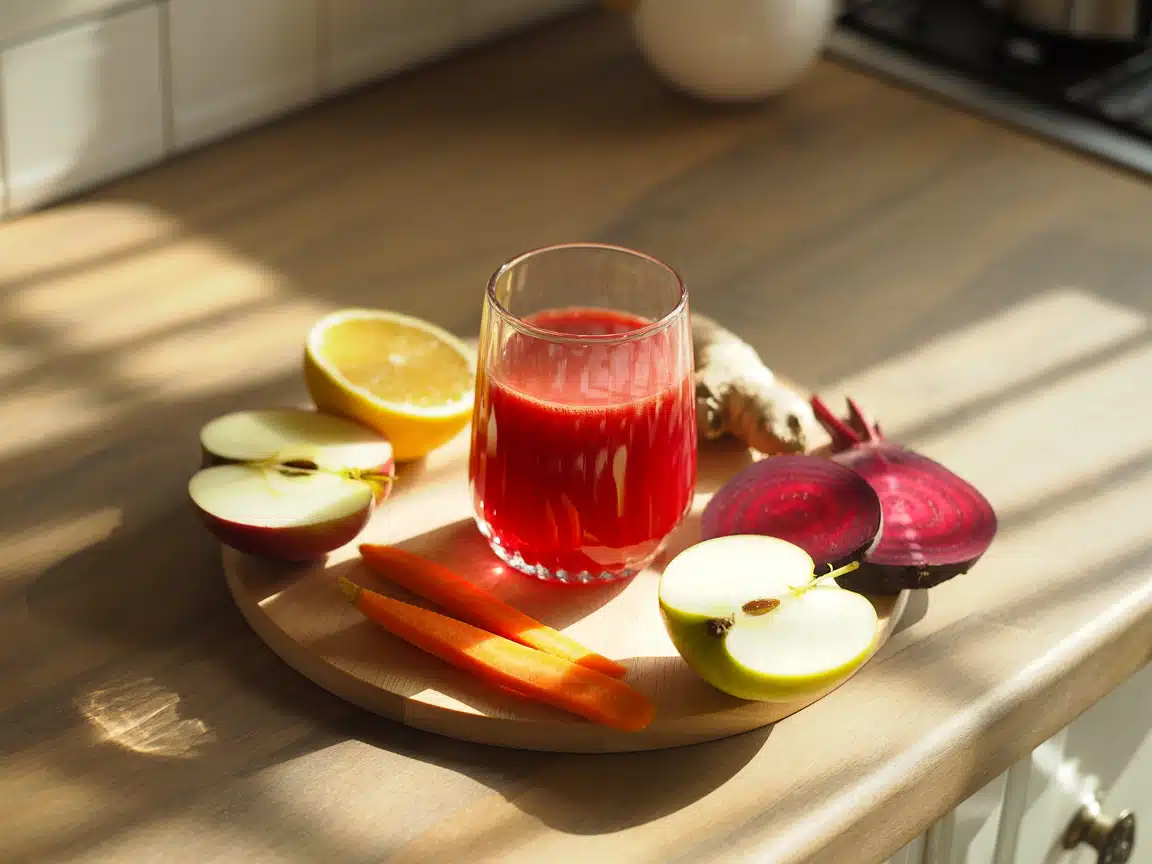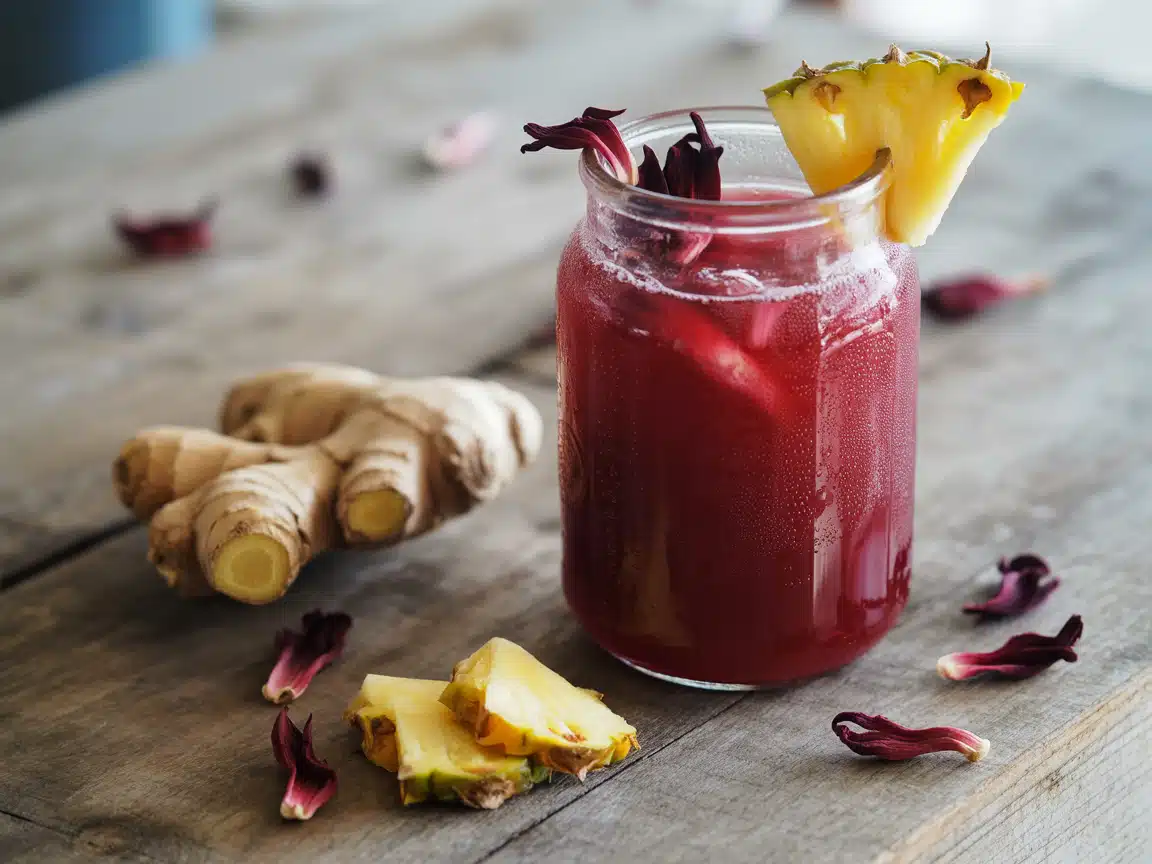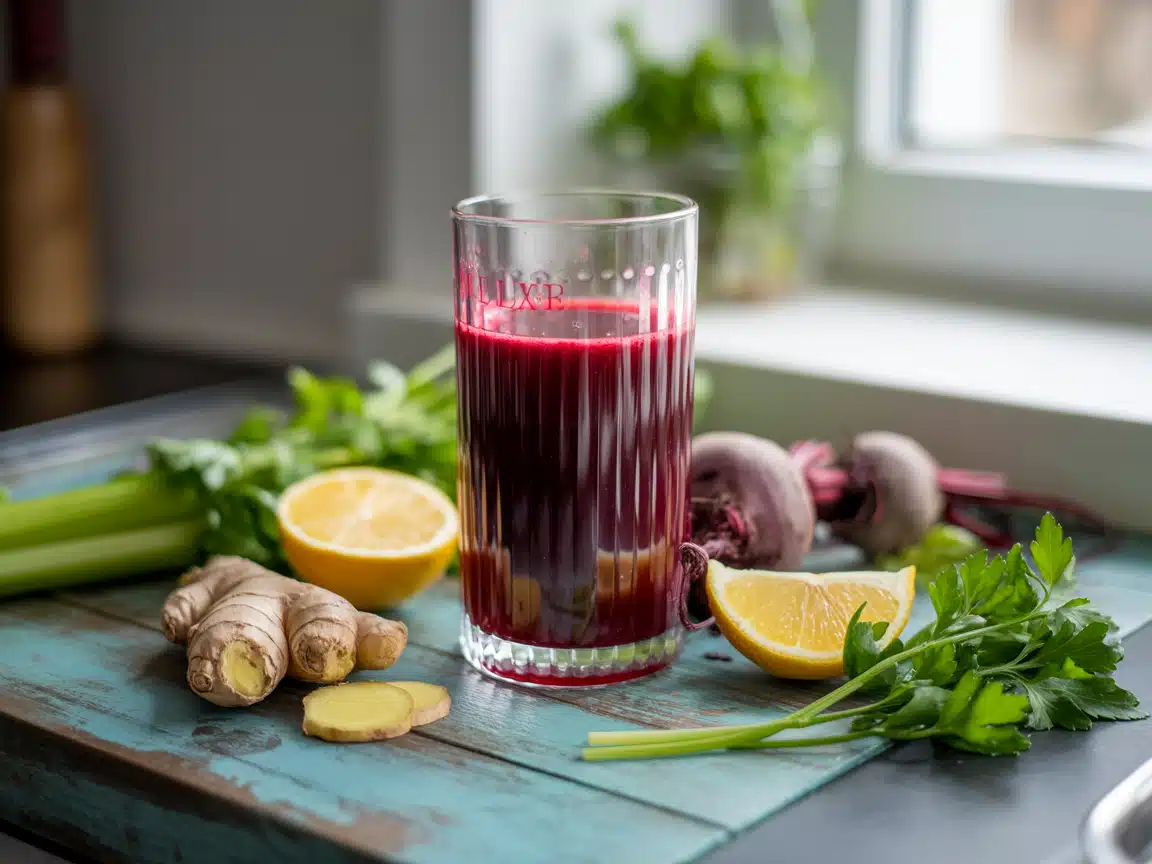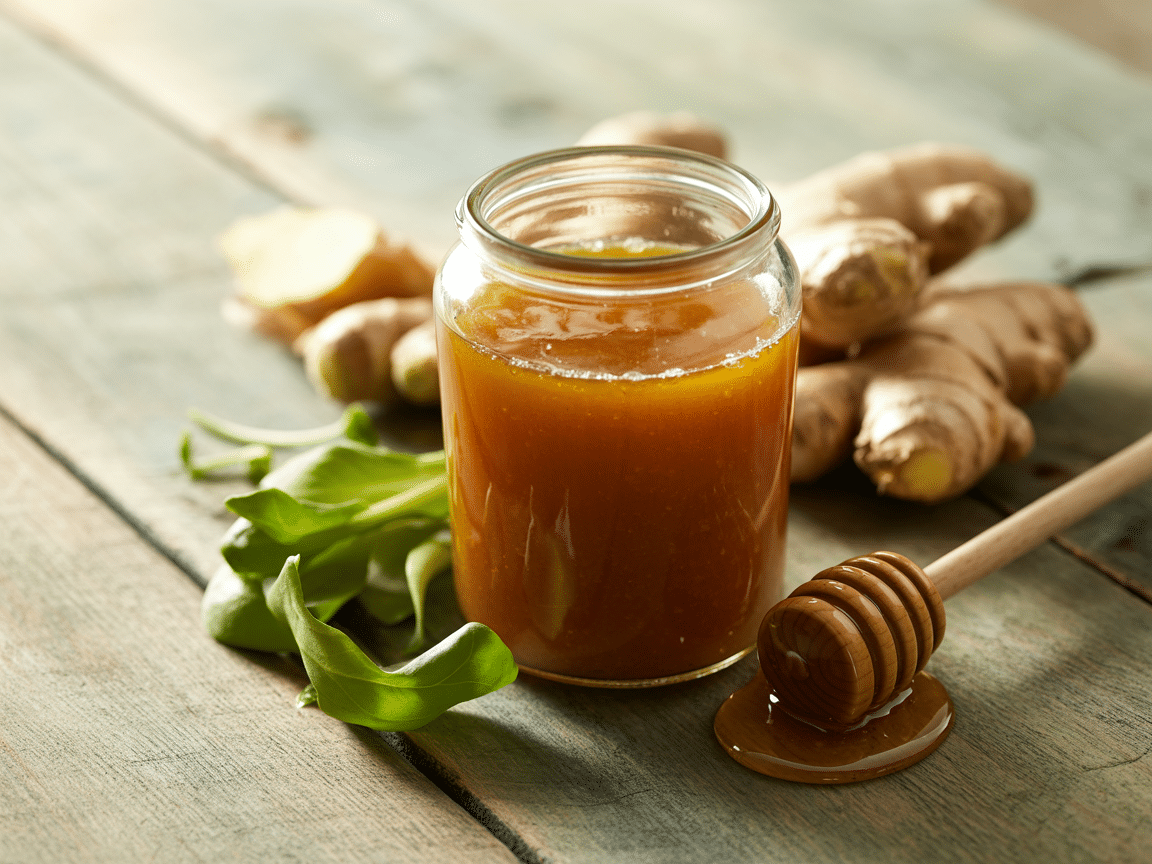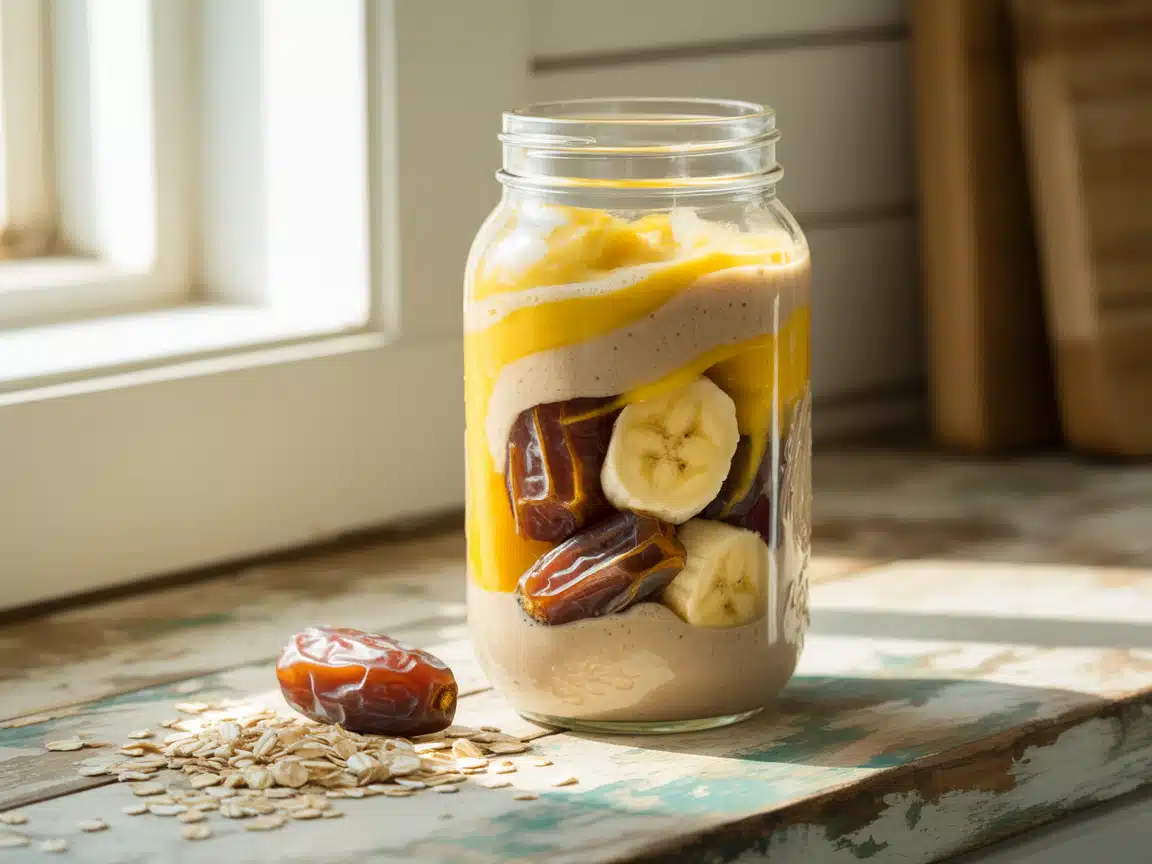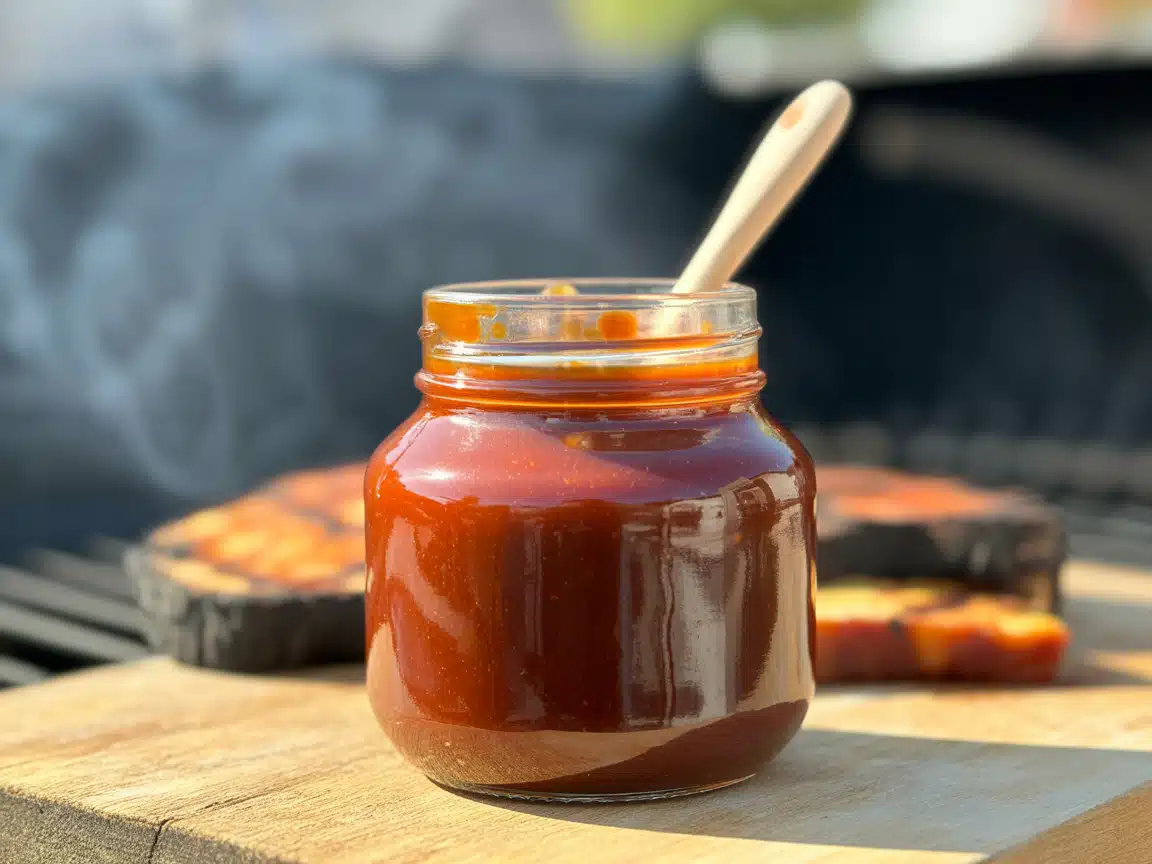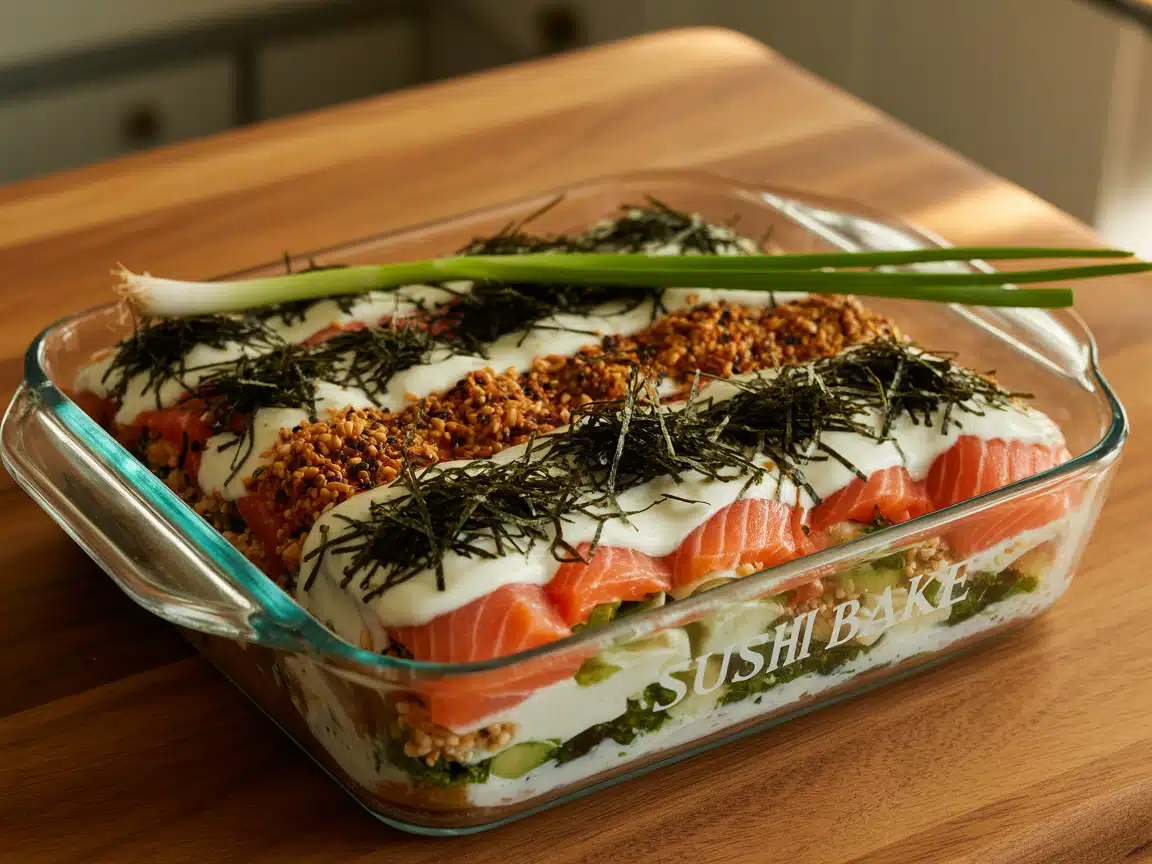Love Cooking? Discover Easy, Flavor-Packed Recipes That Work Every Time
Enjoy more time in the kitchen with step-by-step, everyday recipes designed to boost your cooking confidence. Get expert cooking tips and tried-and-true recipes from a professional recipe developer and cookbook author. These flavorful dishes are tested, trusted, and sure to become your new favorites!
Tested Recipes from a home cook chef

Welcome! I’m so glad you’re here.
This blog is my tribute to the warmth and magic of home-cooked meals, inspired by the love and lessons from my grandma’s kitchen. She showed me that the best dishes are made with simple, wholesome ingredients—and a whole lot of heart. Join me as we share stories, flavors, and recipes that bring comfort, joy, and connection to every table.
Drinks
Weekly Newsletter
Get the latest recipes and my top tips straight into your inbox!








